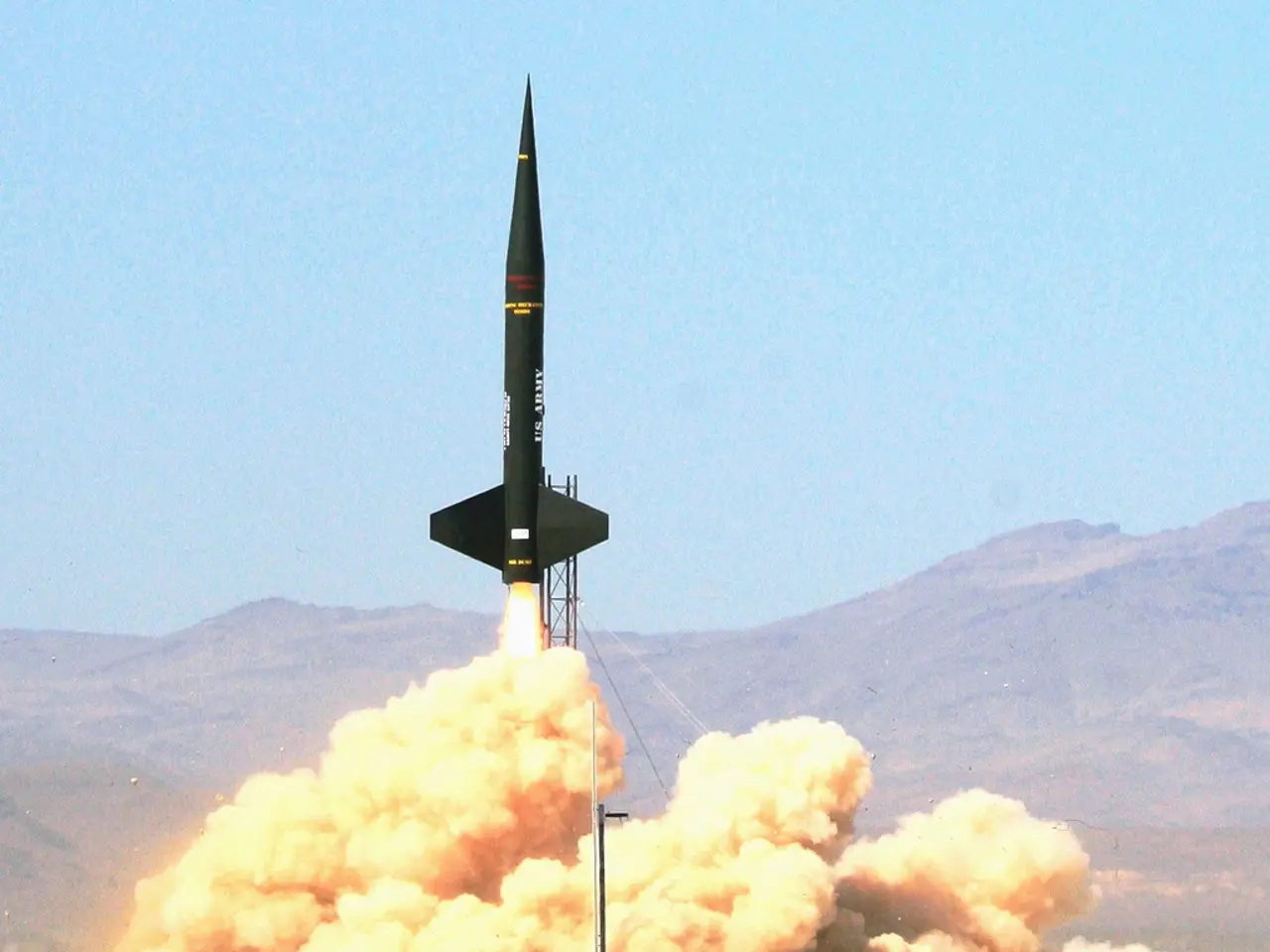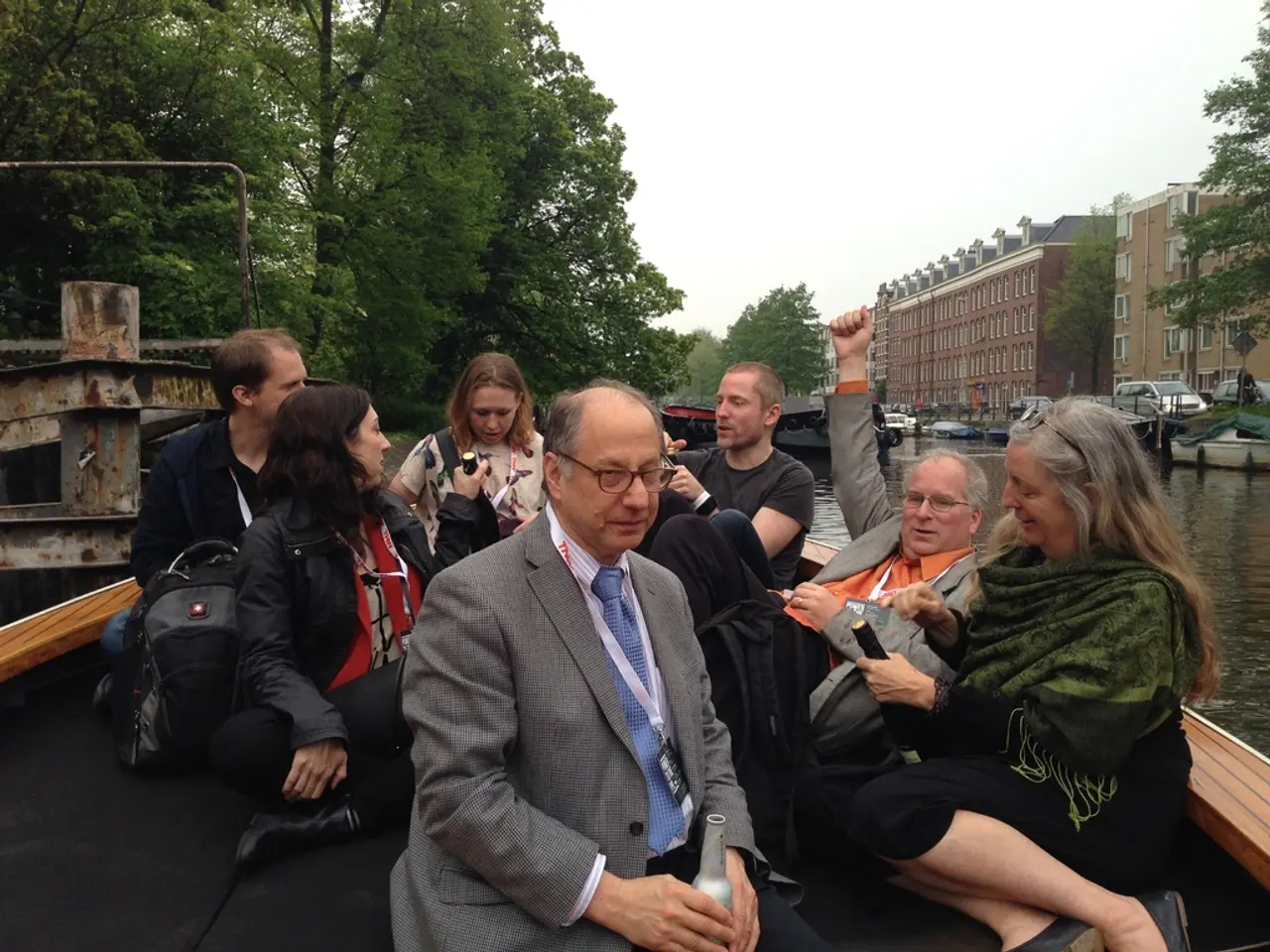EU Initiates Discussion on Upcoming Legislation for a Circular Economy
The European Commission's upcoming Circular Economy Act is set to revolutionize the EU's approach to waste and resource management, with the ambitious goal of doubling the EU's circularity rate and establishing global leadership in the circular economy by 2030 [1][2][3].
The Act, planned for adoption in 2026, is a crucial part of the EU’s Clean Industrial Deal and broader competitiveness strategy [1][5]. It focuses on strengthening e-waste recycling, creating a unified internal market for secondary materials, enhancing regulatory coherence, and leveraging public procurement and producer responsibility to achieve these goals [1][2][3][4][5].
One of the key proposals of the Act is the improvement of electronic waste (e-waste) collection and recycling. This aims to increase the supply of secondary raw materials, especially those critical for the EU [1][2][3]. The Act also plans to create a genuine single market for secondary raw materials by reforming and streamlining “end-of-waste” criteria, simplifying and digitalizing extended producer responsibility (EPR) schemes, and implementing mandatory circular public procurement policies to stimulate demand for circular goods and services [1][2][3].
The Act also targets key sectors such as construction, electronics, and packaging by aligning with existing regulations like the Eco-design for Sustainable Products Regulation and the Critical Raw Materials Act to reduce policy fragmentation [1]. Additionally, the Act aims to tackle systemic barriers to circularity, including reducing the EU’s dependence on imported raw materials, improving resource efficiency, and internalizing the environmental externalities of the current linear economy [2][3].
The Act supports the broader EU goal of transitioning to a regenerative growth model where the value of products and materials is kept in the economy as long as possible, reducing waste and environmental impact and helping the EU achieve climate neutrality and biodiversity preservation targets by 2050 [4].
The consultation and call for evidence for the Circular Economy Act will remain open until November 6, 2025. The Commission aims to address issues such as the EU's dependence on the import of raw materials, including critical ones, and to stimulate demand for these materials in the EU [1][2][3]. The Act will set mandatory criteria for public procurement of circular goods and services to stimulate demand, and it will aim to increase the supply of high-quality recycled materials [1][2][3].
In sum, the Circular Economy Act is a comprehensive plan to transform the EU's economy, focusing on strengthening e-waste recycling, creating a unified internal market for secondary materials, enhancing regulatory coherence, and leveraging public procurement and producer responsibility to double the EU's circularity rate and establish global leadership by 2030 [1][2][3][4][5]. The Act also aims to position the EU as the world leader in the circular economy by 2030.
- The European Commission's Circular Economy Act, aiming to double the EU's circularity rate by 2030, is embedded within the EU's Clean Industrial Deal and broader competitiveness strategy, focusing on areas such as environmental-science and policy-and-legislation, including strengthening e-waste recycling, creating a unified internal market for secondary materials, and enhancing regulatory coherence.
- In line with the Circular Economy Act, the EU seeks to advance its leadership in the circular economy, addressing general-news issues like reducing dependence on imported raw materials, improving resource efficiency, and internalizing the environmental externalities of the current linear economy, while support the broader goal of transitioning to a regenerative growth model that prioritizes preservation of biodiversity and achieving climate neutrality by 2050.







